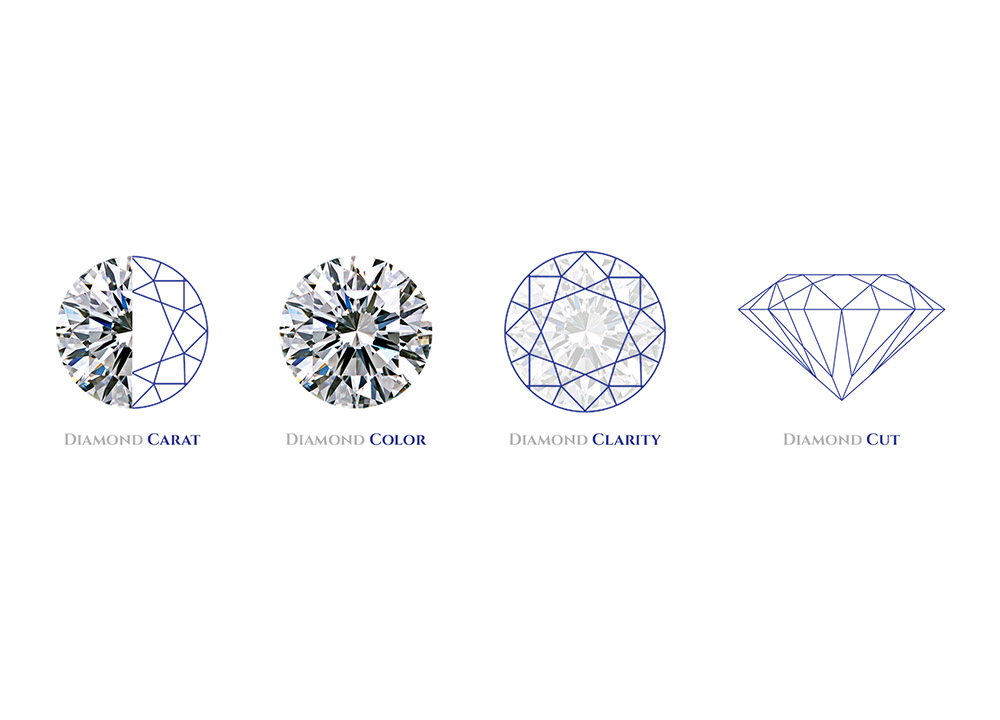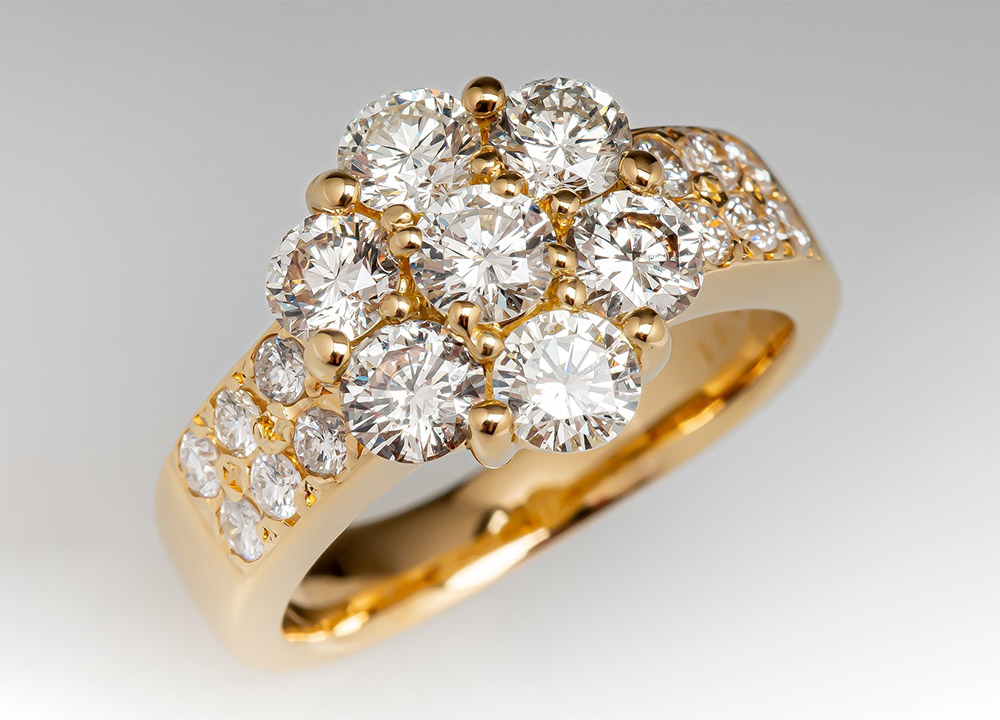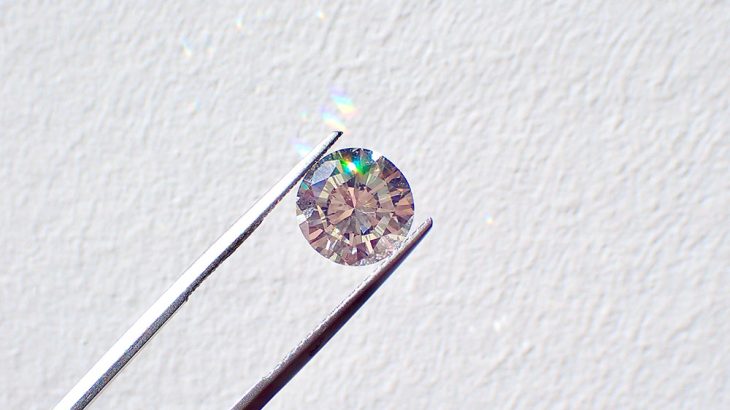Every now & then we come across thousands of jewellery designs in our life that leave us with the question of how to become a jewellery designer.
Indeed, the perfect time to know the answer is now.
Jewellery Designer Career
Firstly, a jewellery designer career requires a lot of training, skills and creativity. A jewellery designer needs to have a good understanding of the processes including cutting, polishing, designing, shaping, engraving, stone setting, mounting and welding.
Candidates can then serve different job roles such as:
- Jewellery Designer
- CAD Jewellery Designer
- Jewellery Retoucher
- Jewellery Setter
- Diamond Grader
- Gemologist
- Bench Jeweller
- Gem Polisher
- Jewellery Store Owner
Qualification Required for Jewellery Designing
So, to become a jewellery designer, the qualification required for jewellery designing is as follows:
- Firstly, the candidate should have passed the class 12th examination from a recognised board.
- Also, important skills required to become a jewellery designer include good concentration power, attention to detail, computer, technical and commercial skills, good communication skills, creativity and aesthetic sense.
- Though the qualification required for jewellery designing to become a jewellery designer does not include any prior work experience an internship may provide better employment opportunities.
Let us now understand how knowing your diamond plays an important role in your jewellery designer career-
The 4C’s

source: Hari Krishna Exports Pvt. Ltd
The uniqueness of diamonds depends on the person who wears them. Make sure you have a good understanding of diamonds and how they are graded, their structure and the four major factors called the 4Cs before you choose your perfect jewellery engagement ring.
So, in terms of diamonds, the 4Cs represent- cut, colour, clarity and carat weight. These Cs refer to the characteristics of a diamond. Before buying, keep in mind to focus on the factors most important to you and choose a diamond that satiates your standards for appearance and value.
Cut
To know how well proportioned the diamond is for a successful jewellery designer career, it is important to know about the diamond cut. Diamond cut is basically an objective measure of a diamond’s light performance or what we think of as sparkle. Light leaks out of the bottom, if the diamond is cut too shallow and it escapes out of the side if the cut is too deep.
Colour
Yellow-coloured diamonds are the most common. Most of these precious stones have a slight hint of yellow and the amount of yellow present in a diamond is the basis for the diamond colour scale. So, this is the reason why a diamond’s colour grade is based on its lack of colour. The colour grade of a diamond is higher if the diamond has less colour.
Clarity
The diamond’s clarity determines its internal purity. A diamond is more rare and has a higher value if it has fewer imperfections within the stone. To quantify these imperfections, the Gemological Institute of America (GIA) developed the clarity scale. Position, size, number, nature and colour are the factors that determine the clarity of diamonds.
Carat
Carat is a measurement of the weight of the diamond. Earlier, carob seeds, which were small and uniform, were used to measure diamonds. These carob seeds served as a perfect counterweight to the diamond. The original word “carob” transformed and became the word “carat” that we use today.
Settings
The two terms, ‘diamond cut’ and ‘diamond shape’ are often confused. Proportions of the facets that make a stone sparkle are represented by the diamond cut whereas the diamond shape represents its physical form and each diamond shape is quite different, possessing some unique characteristics.
Knowing about the various jewellery settings is an important qualification required for jewellery designing-
1.Bezel Setting
When a diamond is completely surrounded by metal, it is known as a Bezel setting. Depending on the style of the ring, it can either partially surround the stone or wrap all the way around it. This setting is great for protecting the girdle and often makes the stone look larger. Often used with round shaped diamonds, the bezel setting also works well with other diamond shapes.
2.Prong Setting
This is among the most popular classic setting types. The prong setting makes use of small metal prongs that are bent over the girdle of the diamond or gemstone. The centre stone is sometimes raised above the shank to increase this effect and to give it a larger appearance with only a bit of metal showing.
3.Pave Setting
This setting creates a continuous surface of radiance and shimmer by allowing light to reflect off the many facets of a diamond because it uses numerous small diamonds set with tiny prongs. In this type, tiny beads are used to set the gemstones or diamonds low and very close together. This is a dramatically elegant setting type that allows the surface of the ring to appear to be encrusted with stones for a brilliant effect. For a successful jewellery designer career, it is important to know that pave setting is used in numerous kinds of jewellery items including necklaces, rings, bracelets and earrings.
4.Fishtail Setting
It is a technique that consists of four prominent triangular corners cut from the existing shank that holds the gemstone in its place. The scallop is a gemstone-setting technique in which the prongs originate from the shank. This setting looks like the tail of a fish when viewed from the finger-view.
5.Invisible Setting
In this type of setting, the gemstones sit very close together with their metal settings hidden underneath. This makes visible a continuous, uninterrupted surface of gemstones or diamonds. The invisible setting is can give a heightened brilliance and a floating experience.
6.Cluster Setting

source: EraGem
A cluster setting has gemstones or diamonds are set close together in a group. Often, the stones are in the form of a stylized flower or in an abstract manner. Generally, smaller stones surround a larger centre stone to create the illusion of one big stone. For a successful jewellery designer career, it is important to understand that a cluster setting is most commonly used in fashion items such as jewellery rings, pendants and earrings.
It is vital to have the right skills and aptitude. We have shared some information above, to answer the question- how to become a jewellery designer. Online courses come in handy to gather further information.
Also Read: Scope of Gold Jewellery Designing in India
At Hunar Online, you will get access to detailed video lessons and can learn from anywhere. You will get 24/7 faculty support and a chance to learn from the experts in the industry. Also, watch our trial classes and get a glimpse of our courses. You can start learning your favourite course by downloading the app.
So, what are you waiting for? Join Hunar Online Courses and do what you always wanted to do.



